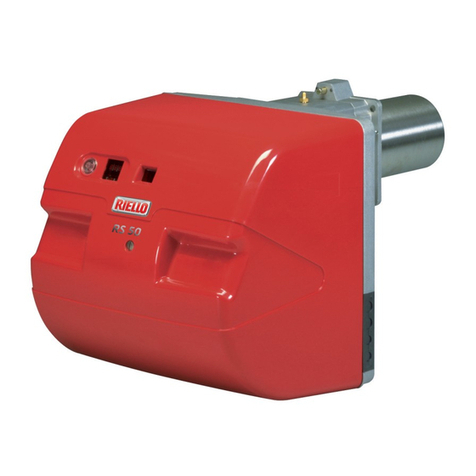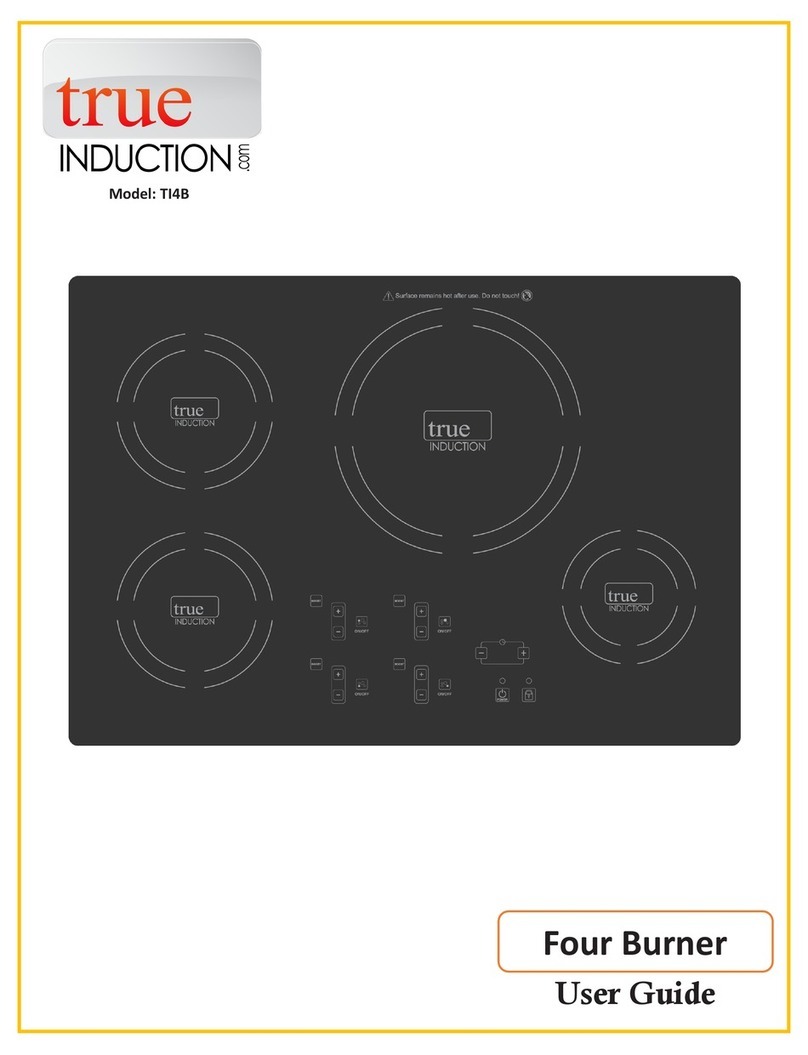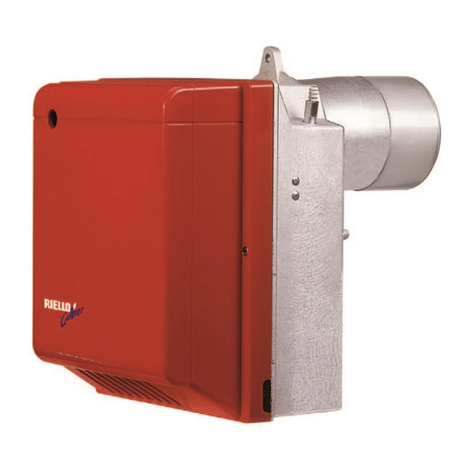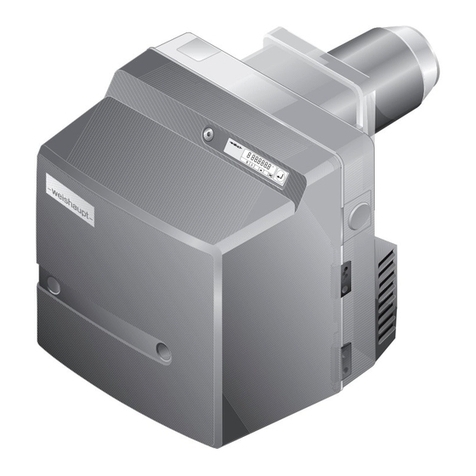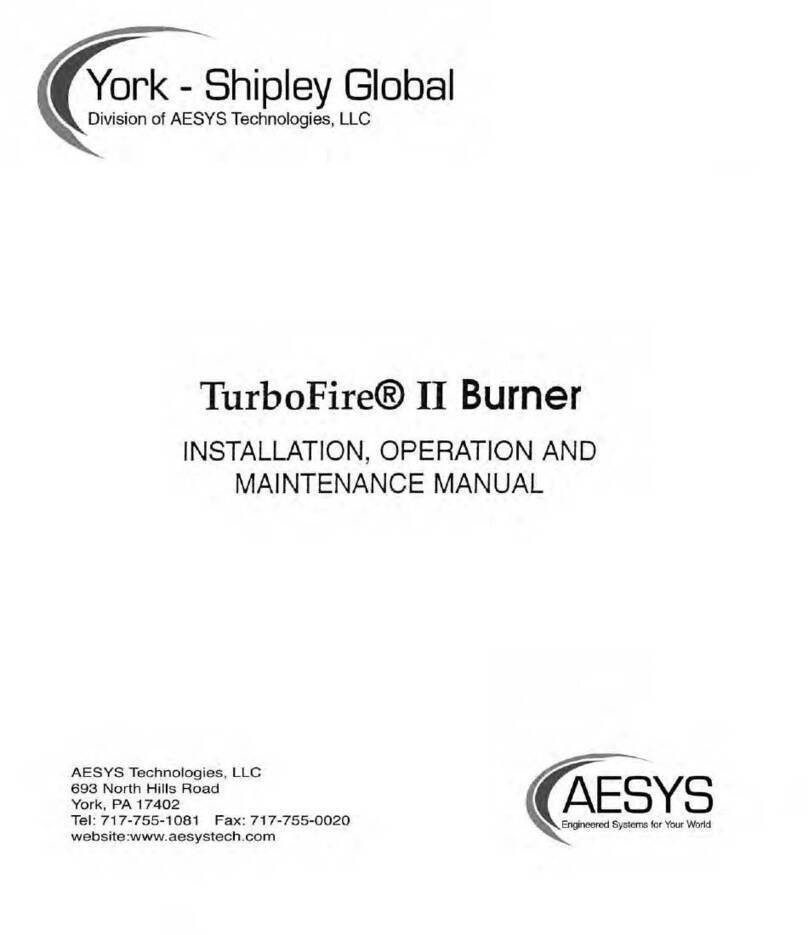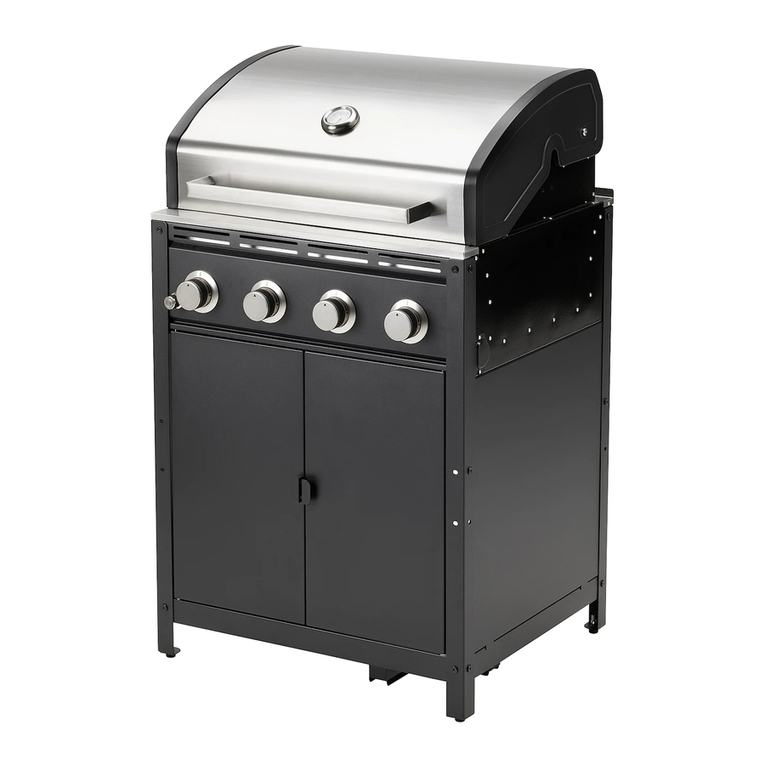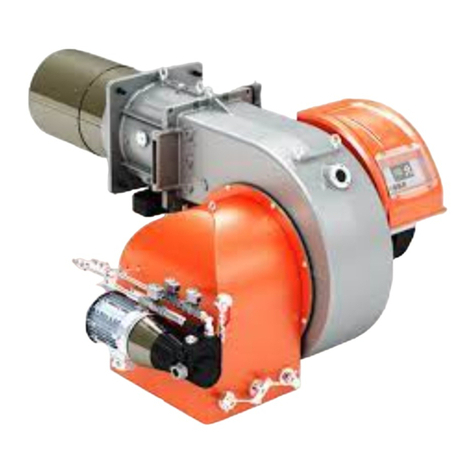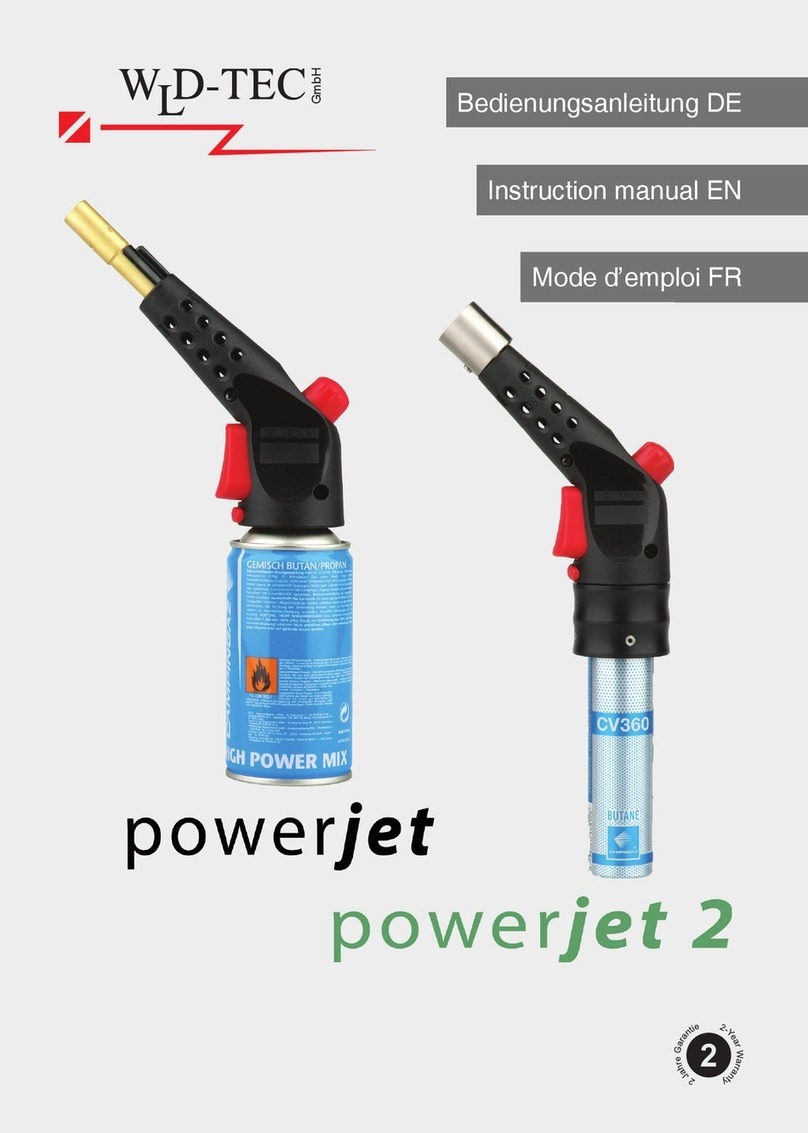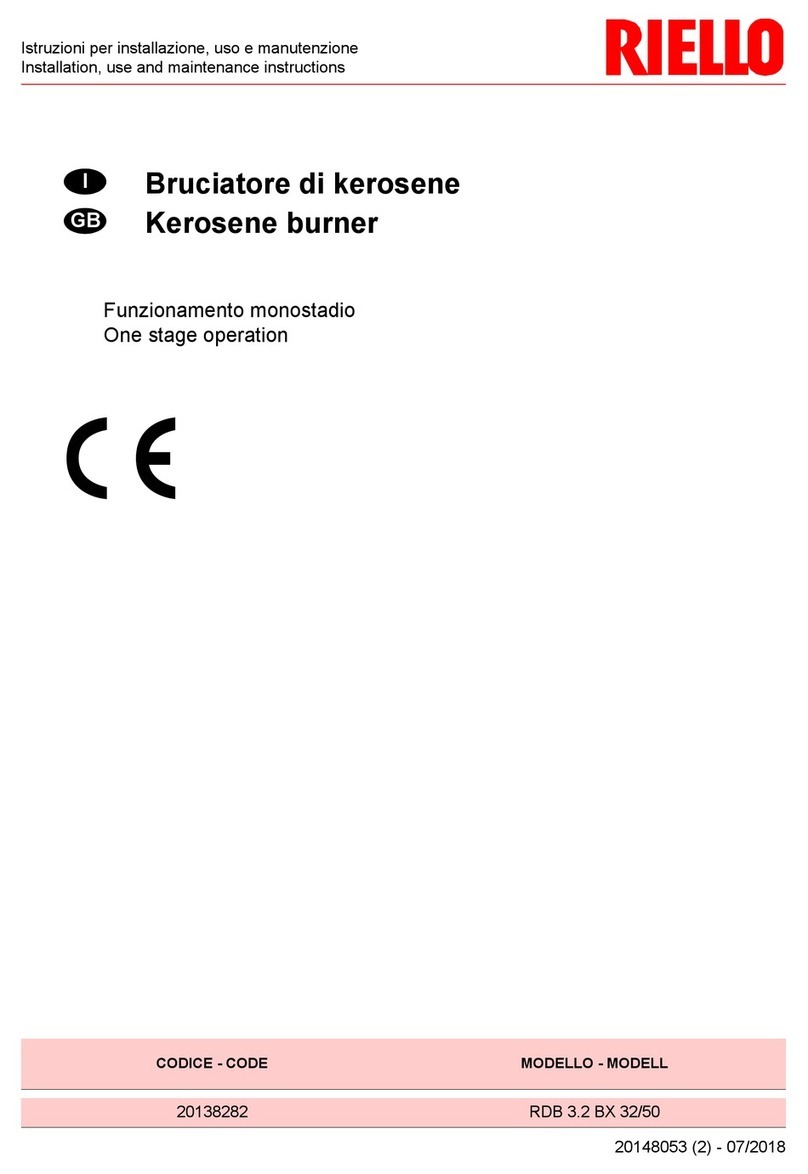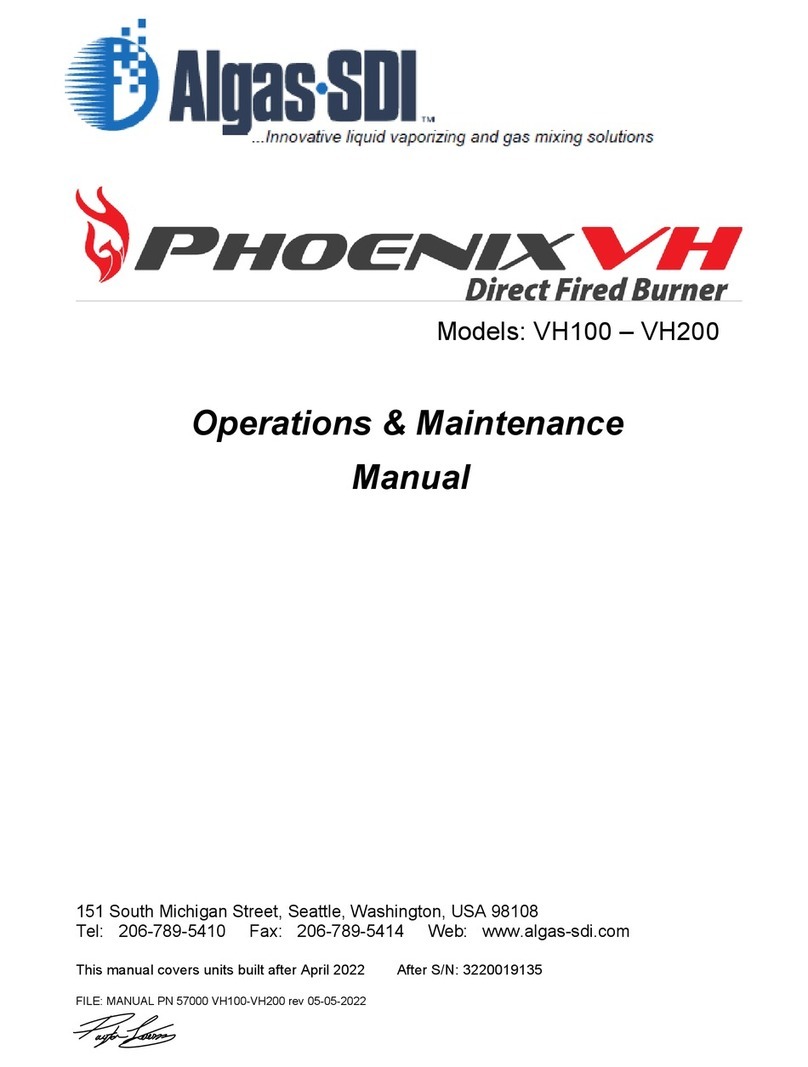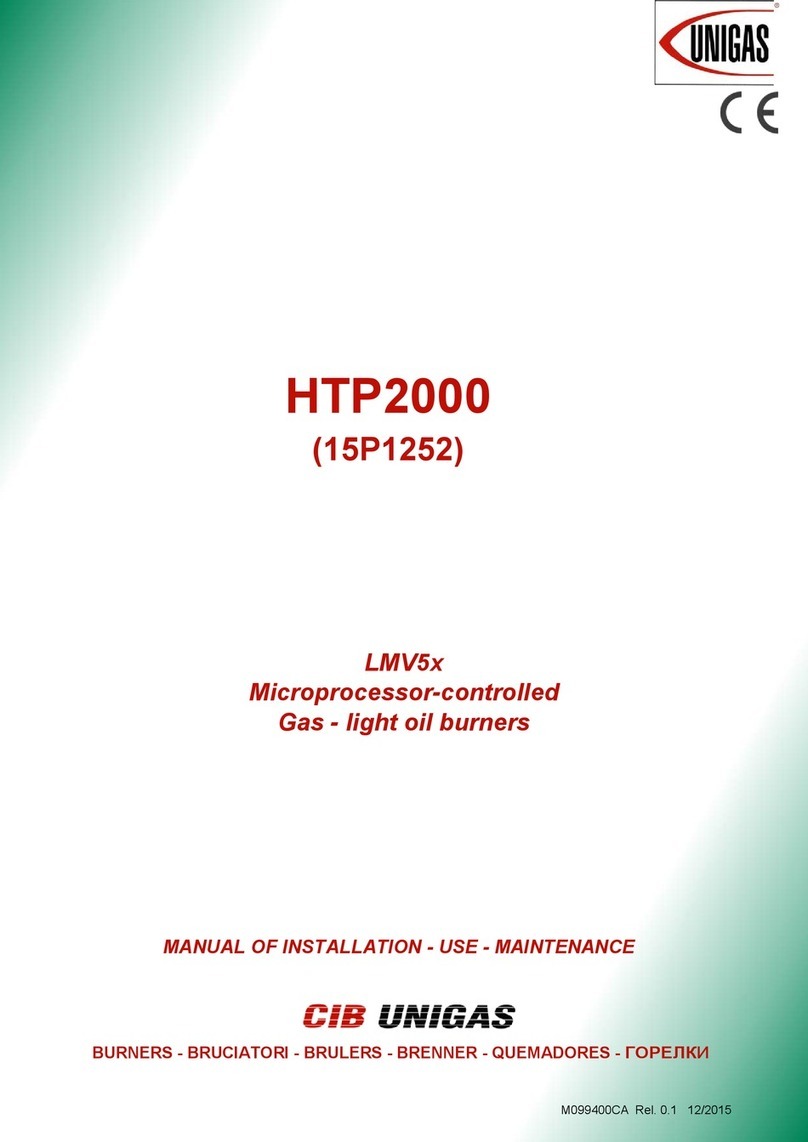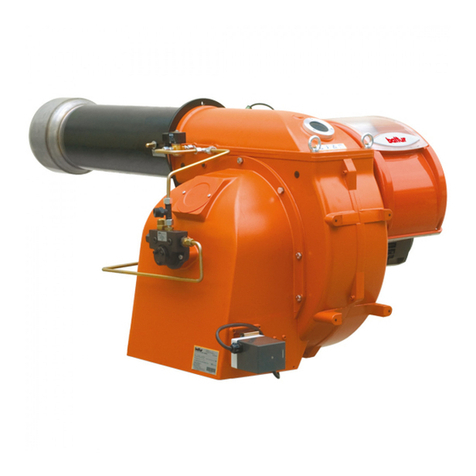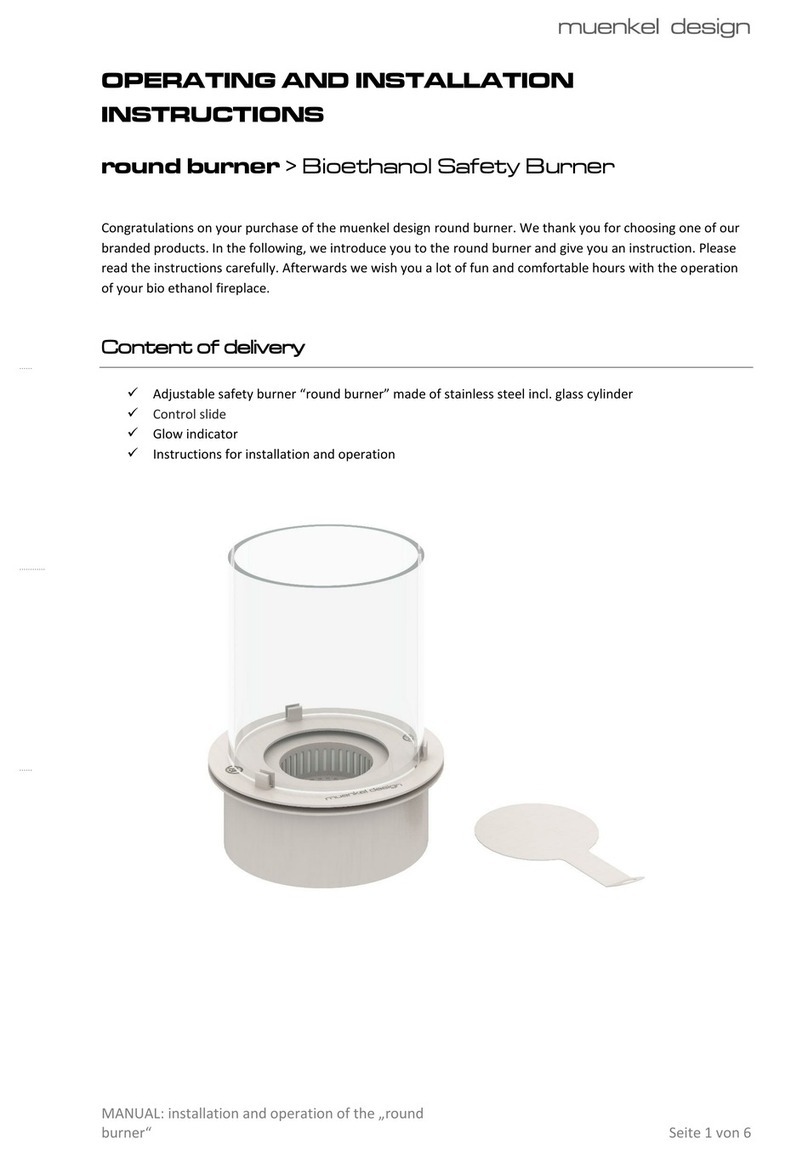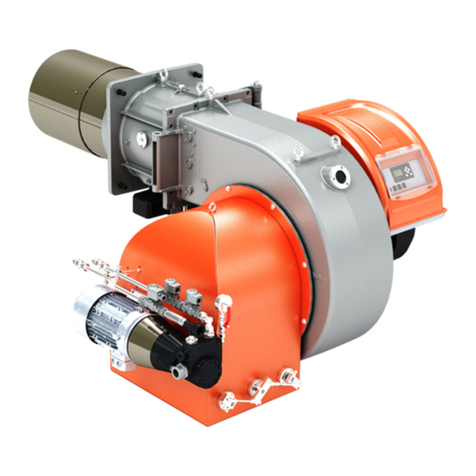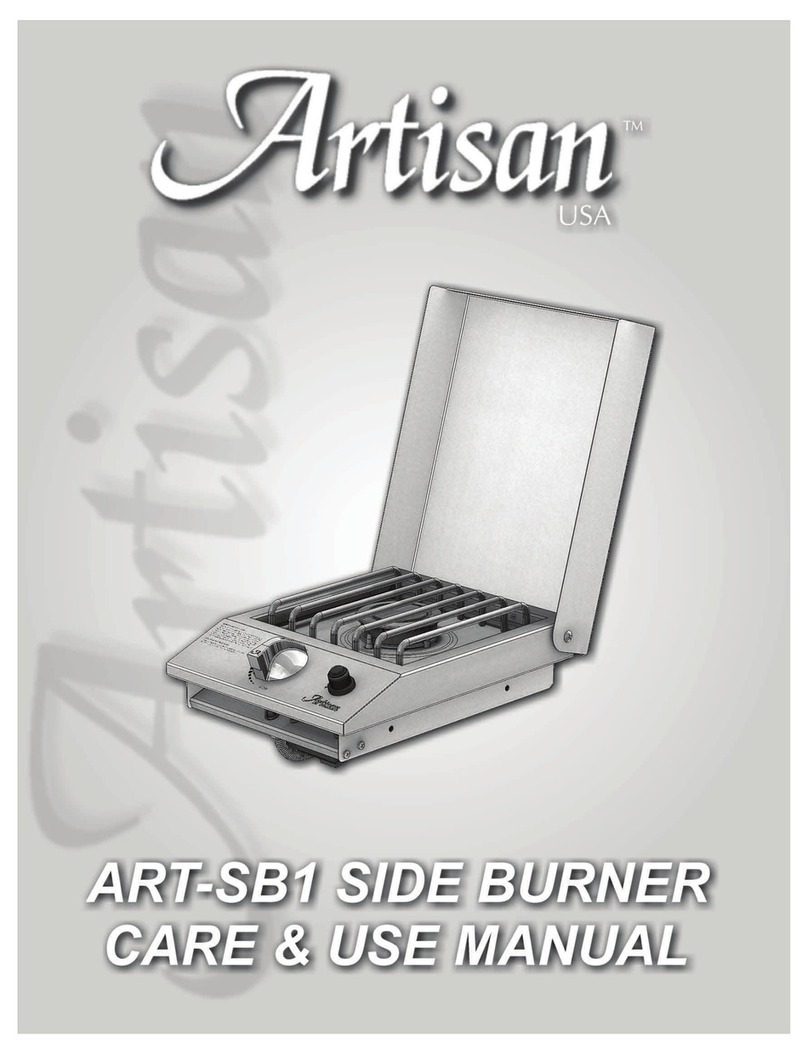
Table of Contents
1. INTRODUCTION................................................................................................................................... 1
PRODUCT DESCRIPTION .............................................................................................................................. 1
MAJOR COMPONENTS.................................................................................................................................. 2
2. INSTALLATION .................................................................................................................................... 3
HANDLING ................................................................................................................................................... 3
STORAGE.................................................................................................................................................... 3
CHECKLIST BEFORE INSTALLATION............................................................................................................... 4
INTAKE ........................................................................................................................................................ 4
EXHAUST .................................................................................................................................................... 4
ACCESS ...................................................................................................................................................... 4
ENVIRONMENT............................................................................................................................................. 4
PREPARING THE BURNER............................................................................................................................. 4
INSTALLING THE FLAME SUPERVISION........................................................................................................... 5
INSTALLING THE IGNITER .............................................................................................................................. 6
CHAMBER WALL........................................................................................................................................... 6
BURNER MOUNTING..................................................................................................................................... 7
BURNER PIPING........................................................................................................................................... 8
SUPPLY PIPING ........................................................................................................................................... 8
SUPPLY PIPING ........................................................................................................................................... 9
CHECKLIST AFTER INSTALLATION ................................................................................................................. 9
PREPARE FOR START UP/ADJUSTMENT ...................................................................................................... 10
3. OPERATION ......................................................................................................................................... 1
INITIAL SETUP ............................................................................................................................................. 1
STEP 1: RESET THE SYSTEM ........................................................................................................................ 2
STEP 2: IGNITE THE BURNER ........................................................................................................................ 2
STEP 3: SET THE HIGH FIRE FUEL FLOW....................................................................................................... 3
STEP 4: SET THE LOW FIRE FUEL FLOW ....................................................................................................... 3
STEP 5: STOP PROCEDURE.......................................................................................................................... 4
4. MAINTENANCE.................................................................................................................................... 5
MAINTENANCE............................................................................................................................................. 5
MONTHLY CHECKLIST (OPTIONAL)................................................................................................................ 5
ANNUAL CHECKLIST..................................................................................................................................... 6
5. TROUBLESHOOTING.......................................................................................................................... 1
TROUBLESHOOTING PROCEDURES ............................................................................................................... 1
SPARE PARTS LIST MODELS SH100 –SH200.............................................................................................. 3
SPARE PART LIST MODELS SH100 –SH200................................................................................................ 4

